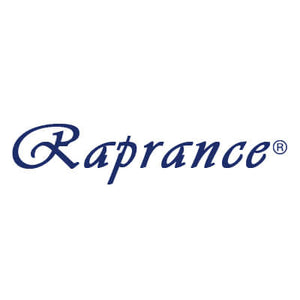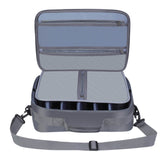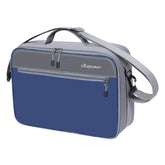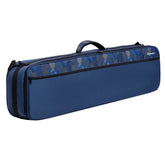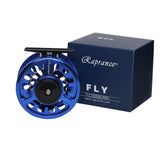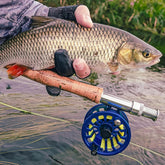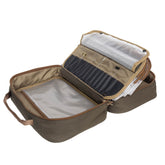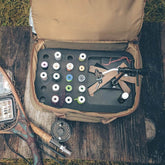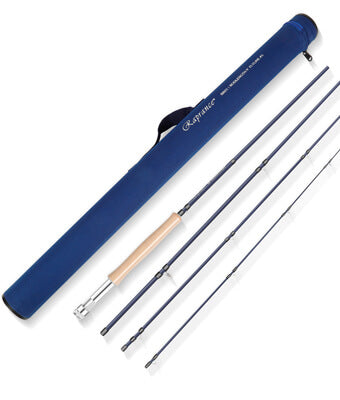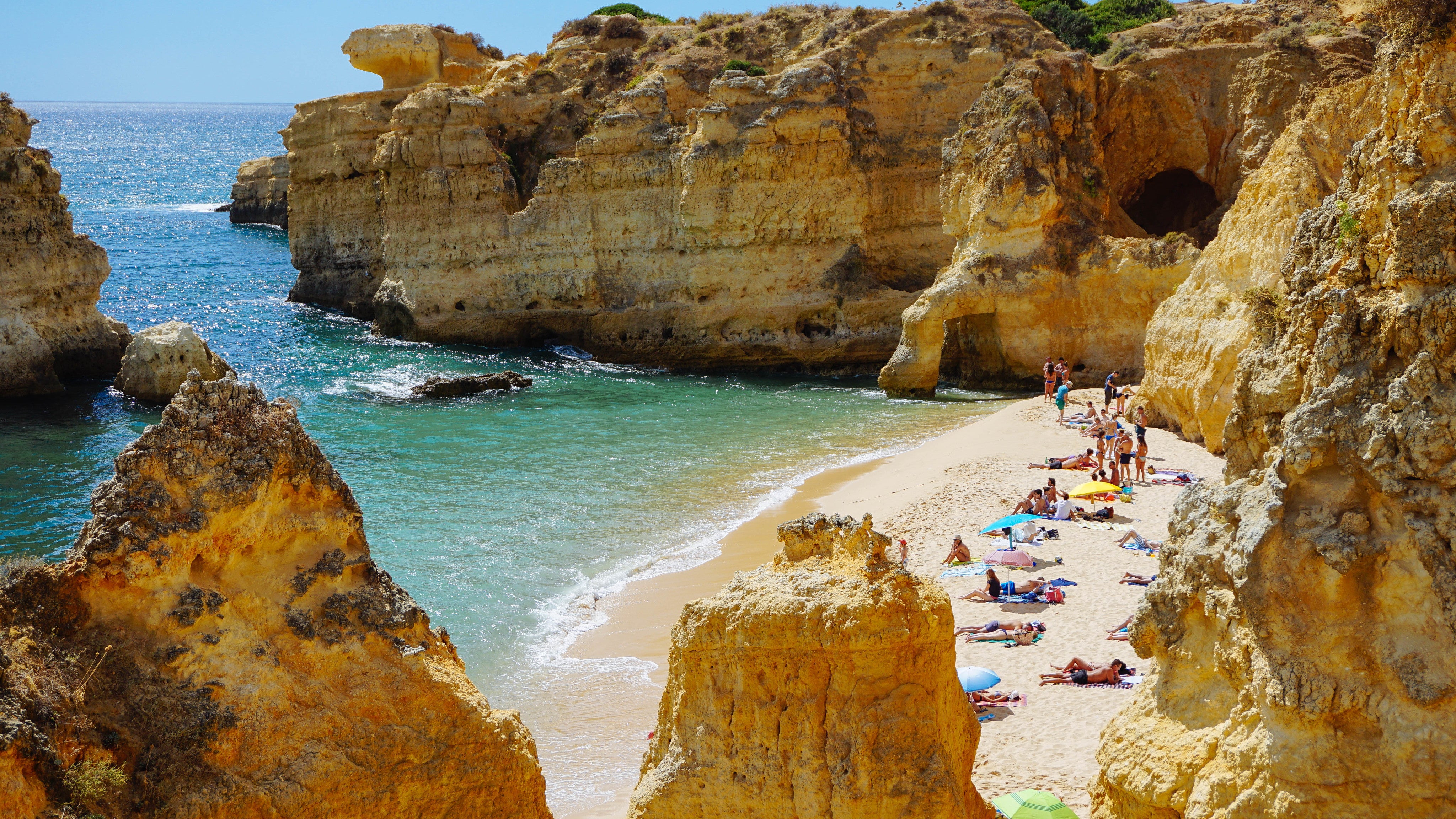Flies: The Best Beadhead, Dry Dropper, Weighted, and Soft Hackle Nymphs for Successful Fishing
As an angler, I have often found that understanding the right flies can significantly enhance the success of my fishing trips. Beadhead nymphs are particularly effective as they sink quickly and mimic the natural movement of aquatic insects, making them an essential part of any fly fisher's arsenal.

In addition to beadhead nymphs, experimenting with the best dry dropper nymphs can lead to more strikes by offering two presentation styles in one cast. I've also discovered that incorporating weighted nymphs can help me reach deeper water where bigger fish tend to hide. Soft hackle nymphs, with their delicate movement in the water, often prove irresistible to trout and offer a unique advantage when fishing challenging spots.
Fundamentals of Nymphing

Nymphing is a crucial technique in fly fishing, allowing anglers to target fish effectively beneath the water's surface. Understanding various nymph types and employing essential techniques can significantly enhance my success on the water.
Understanding Nymphs and Emergers
Nymphs are the immature stages of aquatic insects and are usually found in a stream's substrate. Recognizing the different types of nymphs, such as beadhead nymphs and soft hackle nymphs, is vital for matching the hatch.
Emergers are nymphs transitioning into adulthood, often appearing just under the surface. I find it beneficial to use subsurface flies that mimic these stages, as they are more attractive to fish. When choosing a pattern, consider factors like water temperature and insect activity, as these influence fish behavior.
Essential Techniques
To effectively nymph fish, I utilize various techniques that suit the water conditions. Czech nymphing is one approach I employ, which involves using heavy flies to keep them near the bottom. This method allows for precise control and better strikes.
Using a jig hook can also enhance my nymphing strategies, as it helps reduce snagging on debris. I favor a dry-dropper setup, where a buoyant dry fly keeps the nymph suspended. Maintaining proper drag is crucial; I ensure my line follows the current's speed to present the fly naturally. These techniques collectively increase my chances of catching fish during a trip.
The Art of Beadhead Nymphs
In my experience, beadhead nymphs play a crucial role in effective fly fishing. Their design enhances sinking speed and visibility, making them attractive to fish even in turbulent waters.
Beadhead Nymph Design
When crafting beadhead nymphs, I focus on key elements: weight, materials, and appearance. The tungsten bead is preferred due to its density. This ensures the nymph descends quickly to the strike zone.
I often choose natural materials, such as pheasant tail fibers, for a realistic look. Blending these with synthetic flash can attract more attention. Variations like the CDC flashback pheasant tail can add a visual trigger for fish.
Adding a hot spot near the thorax can also be effective. This bright spot often catches a fish's eye in murky waters. Keeping the design balanced is essential for achieving the correct drift and presentation during a drift.
Selection of Dry Dropper and Soft Hackle Nymphs
When choosing dry dropper and soft hackle nymphs, I focus on specific fly patterns that are effective in various conditions. Understanding the characteristics of these nymphs allows for better decision-making on the water.
Dry Dropper Strategies
Using a dry dropper setup allows me to present a dry fly while fishing a nymph below it. For this strategy, I often select a buoyant dry fly as my indicator, commonly a typical pattern like the Adams or Hippy Stomper.
The nymph, often a Copper John or a simple mayfly imitation, should be chosen based on the insects hatching in the area. The key is to ensure that the nymph sinks effectively and matches the local wildlife, whether drakes, midges, or other insects. This approach excels during afternoon hatches when fish are likely to rise for dry flies but remain opportunistic below the surface.
Soft Hackle Characteristics
Soft hackles provide a unique way to imitate emerging insects. I often use patterns like the Partridge and Orange or simpler variations that feature soft, flowing materials. These flies can mimic the movement of a struggling nymph or an emerging adult, making them attractive to predatory fish.
When selecting soft hackles, I consider water conditions. In slower currents, I prefer longer materials that accentuate movement. In contrast, for faster waters, I choose shorter, more compact patterns. Additionally, the lightness of these flies allows them to fish well in both still and moving water, enhancing my chances to catch fish in various environments.
Essentials for the Fly Box

Having the right flies in my box can significantly impact my success on the water. I focus on nymph patterns that effectively target species like rainbow and brown trout. Here’s what I consider essential.
Must-Have Weighted Nymphs
Weighted nymphs are critical for reaching fish in faster currents. Patterns like the Czech Nymph and Tungsten Beadhead ensure I can sink my flies quickly to the strike zone.
Czech Nymphs are especially effective in shallow water. The weighted bodies allow for a natural drift, mimicking the movement of emerging aquatic insects.
Tungsten Beadhead Nymphs are versatile and come in numerous patterns. They attract both rainbows and browns, making them a staple in my fly box.
Choosing the right weights and colors enhances my chances of success. I keep a variety of sizes to adapt to varying conditions.
